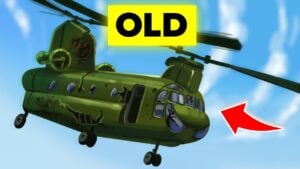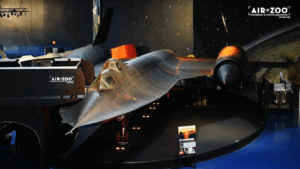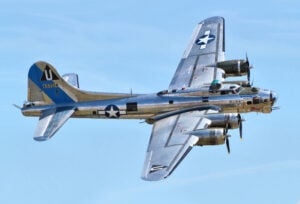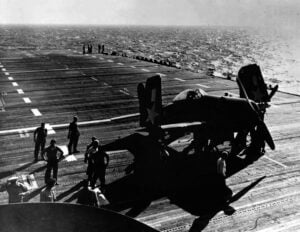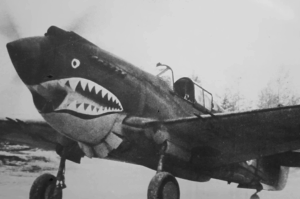How the Black Widow Night Fighter Pilot Became America’s Leading Nighttime Ace

United States Army Air Forces, Public domain, via Wikimedia Commons
Night combat in World War II was a world of limited vision, long patrols, and constant uncertainty. But for a small group of American crews flying the P-61 Black Widow, darkness became a place where skill, training, and new technology shaped battles most people never saw. Among them, two men stood out as their achievements changed how the United States fought the war after sundown.
Birth of a Night Fighter Force
On December 26, 1944, First Lieutenant Paul A. Smith prepared his P-61 for a patrol over Belgium. The aircraft, painted entirely black, waited on a cold winter runway. Smith served with the 422nd Night Fighter Squadron, a group that had become known for using radar to locate enemy aircraft hiding in the darkness over the Battle of the Bulge. That night, Smith and his radar operator, First Lieutenant Robert E. Tierney, achieved their fifth aerial victory and became the first American night fighter aces of the war.
The P-61 was built for these missions. With its twin engines, long range, and onboard radar, it allowed crews to search the sky without relying on ground control. The SCR-720 radar could detect enemy aircraft miles away, giving pilots a chance to strike before the other side knew they had been found. The system was advanced but required near-constant maintenance, and rain or low altitude could make it difficult to read. Even with limitations, radar turned the P-61 into a reliable night hunter.
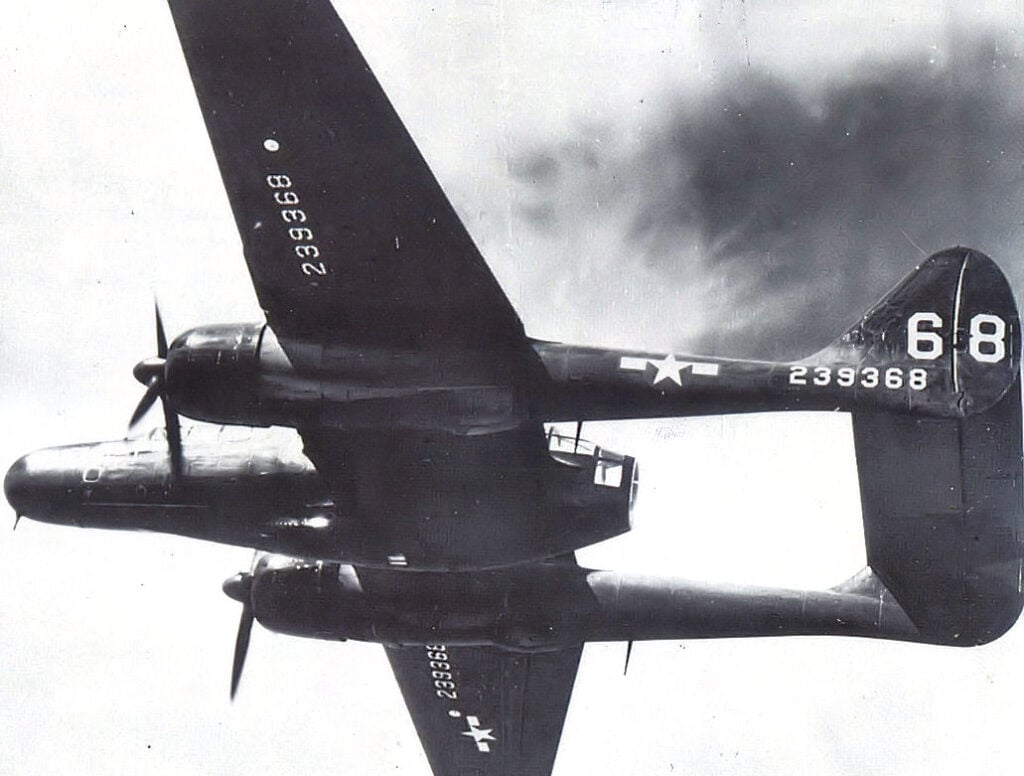
Training and Combat in Europe
The 422nd Night Fighter Squadron had been in Europe since early 1944. They trained by intercepting V-1 flying bombs over England before moving to France that summer. Their first combat victories came while defending Allied positions from German aircraft attempting to operate at night. As the front moved, the squadron expanded its patrols, flying deeper into contested airspace to disrupt enemy movements and protect advancing troops.
By the time the Battle of the Bulge began in December, conditions favored night fighters. Bad weather grounded many Allied aircraft, but the Black Widow crews continued flying. With German units relying heavily on nighttime movement, targets increased, and P-61 patrols became essential. It was in this environment that Smith and Tierney reached ace status, providing proof that trained crews using radar could win repeated victories under difficult conditions.

A New Leader in the Pacific
While Europe produced the first American night aces, the highest-scoring crew fought in the Pacific. Major Carol C. Smith, serving with the 418th Night Fighter Squadron, achieved seven confirmed victories. On December 29, 1944, he and his radar operator, Lieutenant Philip Porter, destroyed four Japanese aircraft during one patrol near the Philippines. Their P-61, named Times A Wastin’, used radar to track its targets through clouds before striking from close range. It was the most successful night of combat ever recorded by an American night fighter crew.
Conditions in the Pacific differed from Europe. Japanese aircraft often flew at very low altitude, where radar struggled due to ground interference. Visibility changed quickly over water and islands, forcing crews to rely on both instruments and careful flying. Even under these conditions, the P-61 proved effective, using radar to locate aircraft that had once been able to operate with little fear of interception.

The Black Widow’s Wider Impact
Night fighting depended on cooperation between the pilot and radar operator. One controlled the aircraft and fired the weapons while the other searched for targets and guided intercepts. This teamwork allowed the P-61 to disrupt enemy operations. German and Japanese crews began avoiding night flights unless necessary, and their mission success rates declined as the Black Widow pushed them out of the dark.
These results showed how radar and trained crews could change air combat. Although not produced in large numbers, the P-61 influenced every later all-weather interceptor, proving darkness could be controlled rather than feared.














